What is Nesting in metal fabrication?
In metal fabrication or manufacturing, nesting is the process of arranging shapes or parts on a sheet of material in the most efficient way possible. This reduces waste and maximises material utilisation during cutting or fabrication. The goal is to save material and reduce production costs, especially when working with expensive materials like metals. Nesting involves positioning parts closely together and minimising gaps between them to make the most of the available sheet, leaving as little unused material as possible.
Nesting is widely used in various manufacturing industries, including sheet metal fabrication. With the help of computer numerical control (CNC) machines and specialised nesting software, the process has become highly automated and precise. This allows manufacturers to optimise their layouts quickly and accurately for different shapes and sizes of materials.
Here are some benefits of Nesting in sheet metal fabrication:
Material optimisation
Software for nesting analyses the shapes and sizes of metal sheet parts to be cut and optimally arranges them. Nesting reduces material waste and maximises metal sheet utilisation by minimising empty spaces between parts. This can lead to significant cost savings, especially when working with expensive or scarce materials.
Enhanced productivity
With nesting software, we can arrange parts on a metal sheet. This means one doesn’t have to calculate or try different layouts. The software optimises the arrangement by considering material dimensions, part orientation, and spacing requirements. This makes the production process smoother, reduces setup time, and boosts productivity.
Improved cutting efficiency
Arranging parts closely together and minimising the distance between them can significantly decrease cutting time. This results in more efficient cutting and shorter production cycles. Nesting software can also generate optimised cutting paths, reducing unnecessary tool travel and minimising wear and tear on cutting tools, ultimately extending their lifespan.
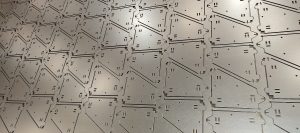
Design flexibility
Metal fabricators use nesting software to try various design options and quickly make necessary changes. With the ability to automatically reorganise parts, experimenting with different configurations, layouts, and orientations doesn’t compromise material usage. This flexibility is beneficial for unique or custom projects.
Reduction in human error
Manually arranging parts on a metal sheet can result in human errors leading to production delays and material waste. Nesting software eliminates guesswork and guarantees precise part positioning, significantly reducing the likelihood of mistakes. This accuracy enhances material utilisation and minimises the risk of errors during the cutting process.
Scalability and batch processing
When we have many parts to handle or multiple jobs to complete, nesting software can help do it efficiently. With batch processing, one can nest multiple orders or projects simultaneously, saving time and reducing setup costs. This is especially useful for high-volume production or when dealing with time-sensitive orders.
Small metal parts
Nesting allows grouping small parts within a single nest, specifically tagged for easy handling to the following department or for powder coating and precision metalwork. Keeping small parts together reduces the risk of misplacement or loss. It facilitates a streamlined finishing process, minimising setup time and improving overall throughput.
Environmental sustainability
Nesting optimisation reduces material waste, which translates into sustainable metal fabrication practices. By optimising material utilisation, nesting minimises the need for raw material extraction and the energy required for processing. This, in turn, reduces the carbon footprint associated with sheet metal fabrication.
Nesting software for metal fabrication
Amada’s nesting software is designed to work seamlessly with its fibre laser cutting and turret punching machines. It provides advanced nesting algorithms and optimisation tools that enable efficient material utilisation and improved productivity.
Fibre Laser Cutting
The Amada nesting software for fibre laser cutting is tailored to the capabilities of their fibre laser cutting machines. It considers material thickness, laser power, and cutting speed. The software analyses the shapes and sizes of parts to be cut from a metal sheet and arranges them most efficiently, minimising material waste and maximising machine efficiency.
Turret Punching
The Amada nesting software optimises arranging parts on a sheet to be punched for the Amada turret punching machine. It considers tool availability, change time, and sheet positioning to create efficient nests. It reduces setup time and enhances productivity.
We achieve optimised material utilisation, reduce waste, improve cutting efficiency, and increase productivity. The software’s compatibility with Amada’s machines ensures seamless integration and optimal performance, enabling the production of high-quality fabricated parts and products.
Read more about the topic:
https://en.wikipedia.org/wiki/Nesting_(process)



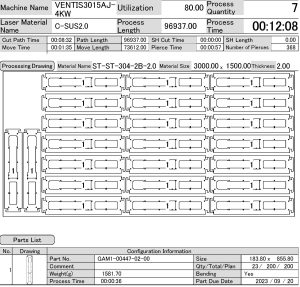
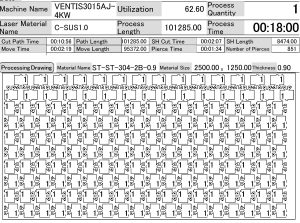
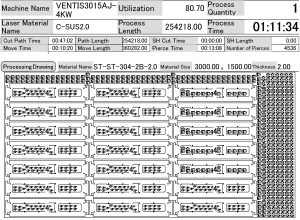
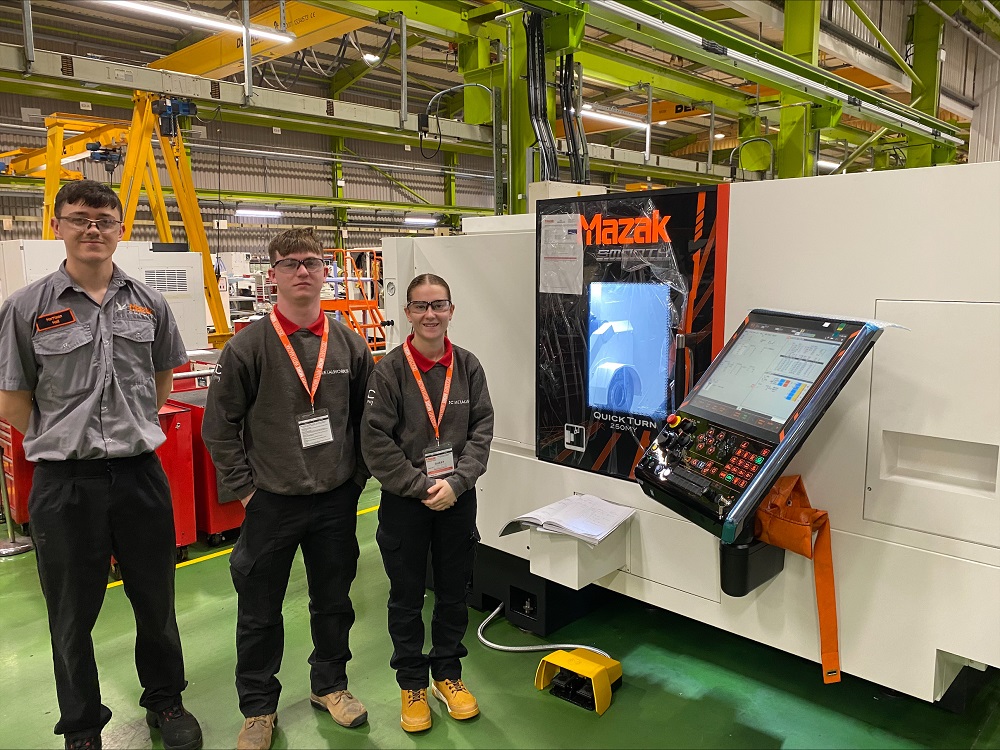
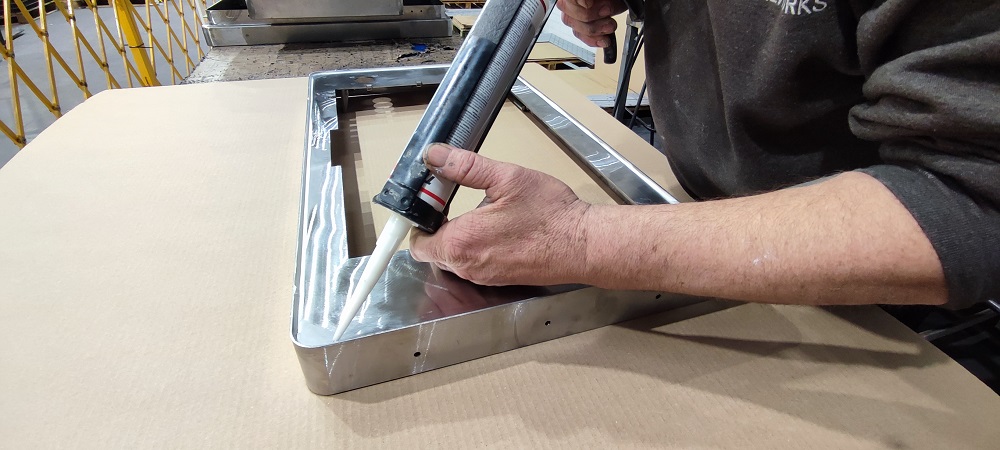
Leave a Reply